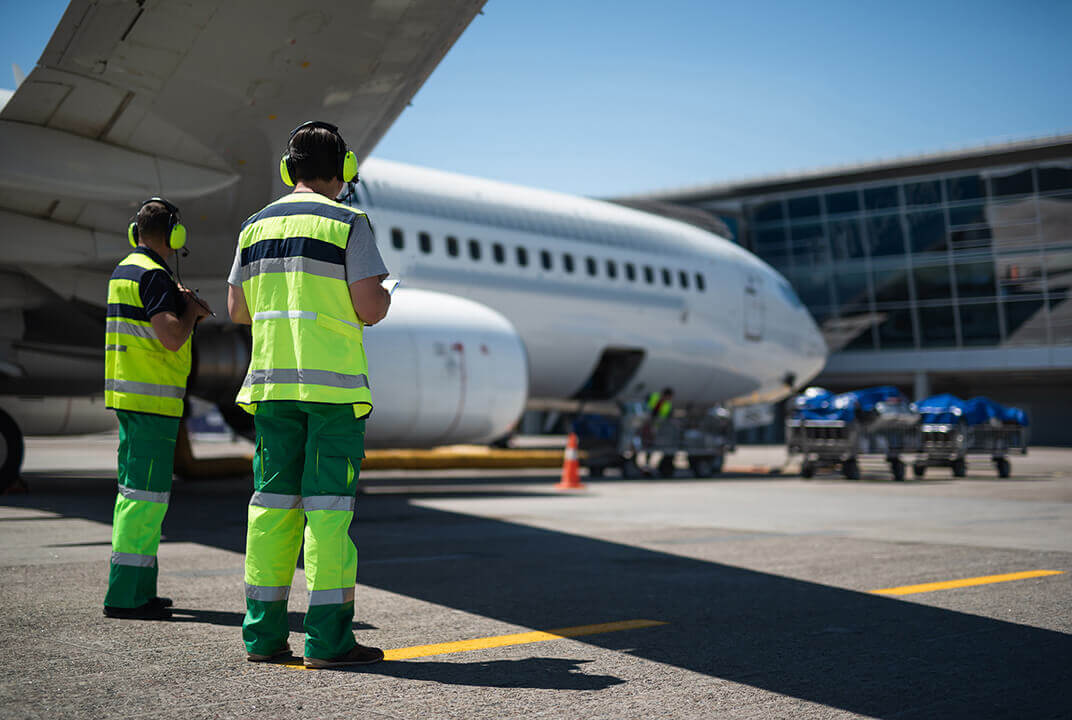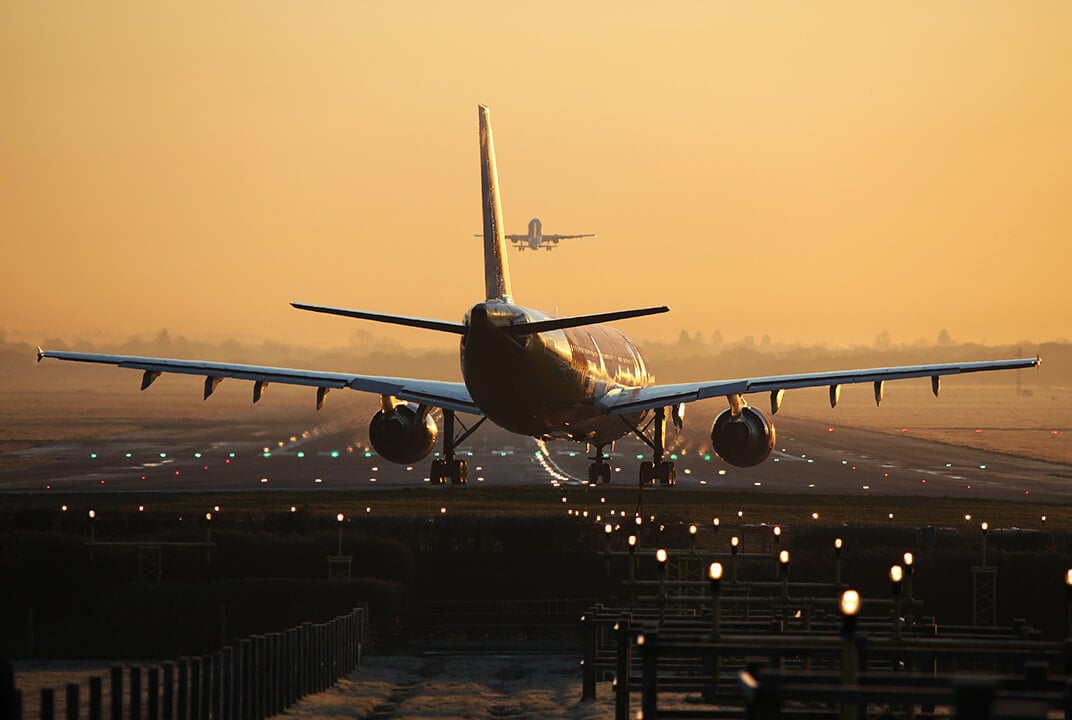Celebrating 35 years of aeronautical satellite communications
The birth of Inmarsat Aviation back in 1985 saw the industry’s communications transformed
On the 16 October 1985, Inmarsat affirmed that its maritime satellite system would also be “open for aeronautical communications for the benefit of aircraft of all nations”, as declared in the official document outlining the amendments to the convention of the international maritime satellite organisation. This was a significant moment not only in the history of Inmarsat but also the whole aviation industry.
Improving on HF
At the time, the sole and primary means of long range communication with pilots on aircraft was HF radio. The system, which is still in use today, enabled air traffic control (ATC) to surveille aircraft as they flew, receiving waypoint reports during the progress of the flight.
Unfortunately, both airlines and air traffic management around the world were struggling with HF’s reliability (and still are) which was having an impact on the Air Traffic Management (ATM) services they could provide. Besides the bad quality of the voice communications, which required skilled operators to decipher messages from pilots, the system requires its frequencies to be supported by ideal atmospheric conditions which suffers drop outs. The industry started looking for better alternatives, especially as more sophisticated aircraft equipped with GPS with the ability to fly further across oceans, entered the market.
“Making the business case for launching dedicated satellites and infrastructure for aeronautical communications was tricky, “ explains John Broughton, Inmarsat’s Senior Vice President of Aircraft Operations and Safety. “Although there are a huge number aircraft in the air within a year, the number in the air at any one time only amounts to a medium sized town – not enough to justify the expense. That’s when the industry forces came together to consider Inmarsat, as we were effectively already providing these safety services on the maritime side.”
In 1982, The European Space agency (ESA) conducted an experiment to assess the use of Inmarsat’s satellite system combined with existing GPS technology, to enable ground-breaking automatic positioning reporting for aircraft flying over oceanic routes. Entitled Prosat, the pioneering experimental programme sought to test the validity of Automatic Dependent Surveillance (ADS) and Controller Pilot Data Link Communications (CPDLC), using Inmarsat satellites.
The trials were a huge success, proving satcom communications as high-quality and reliable. The experiment even saw the Spanish DGAC become the first air navigation service provider (ANSP) to successfully control a flight via satellite data link.
“The experiment and the FANS (Future Air Navigation System) implementation that followed were probably the biggest successes for air traffic management (ATM) modernisation in the last 30 years,” declares Ghislain Nicolle, Inmarsat’s Senior Director of Aircraft Operation and Safety Services. “And over 30 years later, it’s still being used. Of course, the satellites have changed, the aircraft have changed and the systems onboard those aircraft have changed, but the principal is the same. The FANS implementation literally transformed intercontinental flights, enabling new separation standards to be put in place, saving time and improving passengers comfort by opening up new non-stop flying routes and providing numerous additional positive knock-on effects.”
“The superior voice capability and the high reliability offered by satcom really facilitated the equipage of aircraft in those very early days,” agrees Gary Colledge, Inmarsat Director of Aviation Safety Service Development. “It wasn’t long after 1985, Honeywell and Boeing started pushing to develop the Future Air Navigation System (FANS) , to be able to provide a direct data link communication between airline pilots and air traffic control also linking the avionics systems with Flight Data Processing Systems on the ground. This really helped the industry start to recognise the benefits and understand what it would mean for long haul travel in oceanic airspace. It transformed communications and surveillance, revolutionising the air transport industry.”
And 35 years later, Inmarsat is still stronger because it is part of a greater business that includes strong Maritime, Government and Enterprise business units. “The aviation business works because it is part of a larger whole,” reinforces Broughton. “As we work through the effects of the pandemic, we are once again reminded of the strength provided by our broader base and why that dynamic works.”
With work underway with ESA again, Inmarsat Aviation is set to revolutionise ATM once more - this time with the Iris Programme. “Iris is enabling us to go out to the industry and explain that there are things that we, collectively as an industry, need to think about,” Broughton shares. “It was bold action back in the 80s and 90s that drove FANs and it could be similar bold action around green initiatives that will drive change in the industry now.”
Although the industry may be focused on sustainability goals for now, the benefits to air traffic management and ongoing aircraft safety services will reach across vital safety services and the positive effects are sure to be similarly celebrated in years to come.

